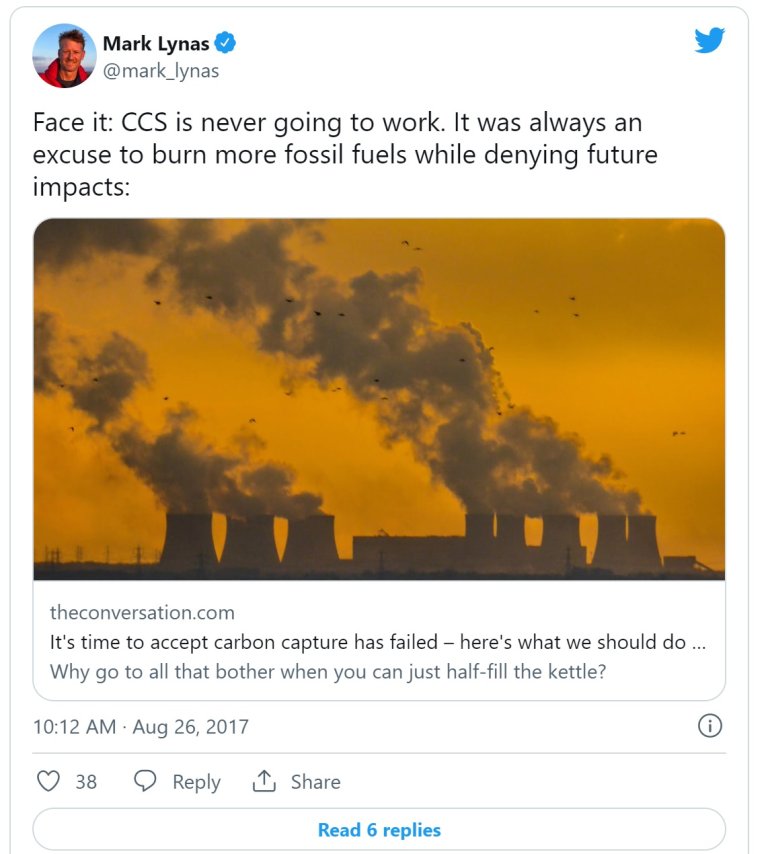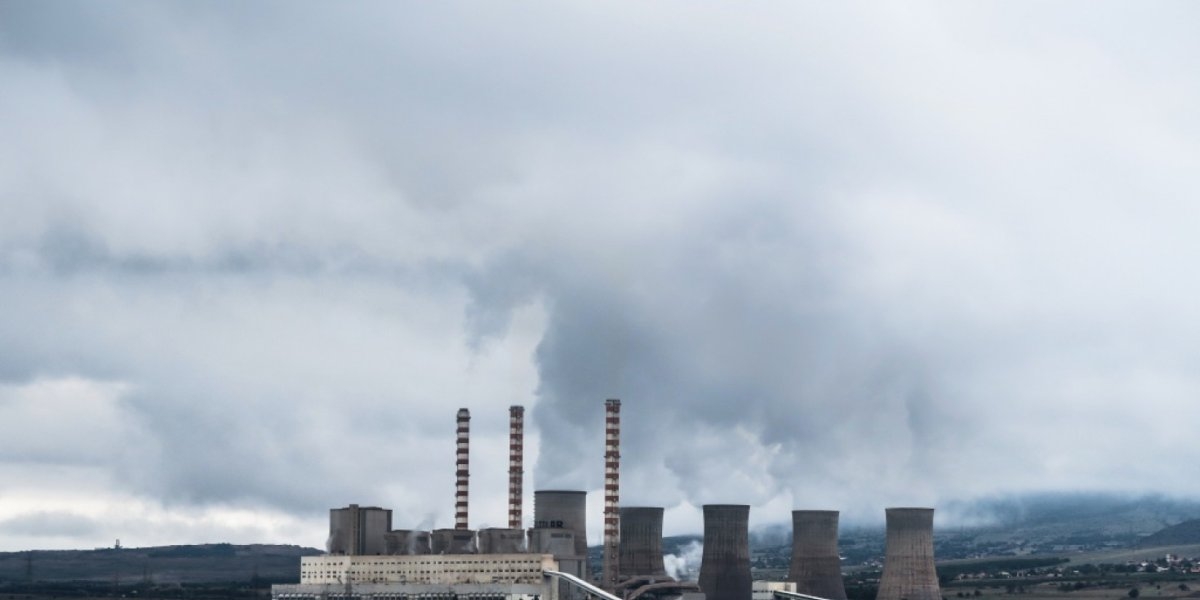JASON BLACKEYE (UNSPLASH)
Love it or hate it: Here's three reasons why we still need CCS
COMMENTARY: Solar and wind are the flavour of the decade, and carbon capture and storage is having an identity crisis. But, love it or hate it, we need carbon capture and storage to keep below 2°C.
I was provoked by a simple and innocent tweet, referring to an article on the pending death of carbon capture and storage (CCS). The article is fair enough; common talking points, although somewhat outdated. CCS has moved on.

I have been critical of CCS myself, particularly when linked to bioenergy (BECCS), though this does not mean that the technology is not needed. My problem is not so much CCS or BECCS, but the scale.
On the surface, CCS and BECCS does not make sense. Why set up a huge infrastructure to bury a waste, when we could simply decide to not emit the waste? We could just use renewables? (or not)
Yes, we need renewables, but there are good reasons why we also need at least some CCS. Here I give three reasons why I think we need to keep moving with CCS.
1. We need zero emissions
The cumulative emission relationship presented in the IPCC Fifth Assessment Report is a powerful way that show that to stabilise temperatures, at any level 2°C, 3°C, 4°C, requires zero emissions. Zilch.
Not a molecule of CO2 can be emitted, otherwise temperatures will rise. Indeed, this is approximately true for any long-lived greenhouse gas.
If we keep emitting greenhouse gases, temperatures will keep rising!
While some argue we can stop emitting all greenhouse gases by using 100% wind, water, solar (100% WindWaterSolar - WWS), such an approach may be infeasible and costly.
2. We need to remove carbon from the atmosphere
The need for zero emissions has rather profound implications. Think about this.
I usually think of three implications:
- It may be that we can’t remove all emissions from all sectors. Just think about methane from paddy rice, wetlands, or cattle, or nitrogen oxide from fertiliser use, or military, or aid work, or any number of difficult sectors.
- For equity reasons, we may allow some poor countries to continue emitting for a longer period.
- We have pretty much emitted too much already, we can’t get our act together, and we must undo the emissions of the past.
If any of these three implications hold, then we need to remove carbon dioxide from the atmosphere. Yes, this has some bad implications, but perhaps we need carbon dioxide removal anyway. We could also use solar radiation management.
We could do carbon dioxide removal in all sorts of ways, all have their pros and cons, and the most promising ones involve some CCS. We might use a little of all carbon dioxide removal options, which still means some CCS.
Even if we started strong mitigation in 1990, or we have a target of 3°C, we probably can’t avoid the need for carbon dioxide removal.
While many critique the scale of carbon dioxide removal in 2°C scenarios, updated scenarios suggest that carbon dioxide removal is needed for all stabilisation levels. As I wrote earlier, because we probably can’t remove all positive emissions, we will need some negative emissions to obtain net-zero.
Histograms of the amount of Bioenergy with Carbon Capture and Storage (BECCS) used in different stabilisation levels (measures in parts per million, ppm) from the Shared Socioeconomic Pathways (SSPs) to be assessed in the IPCC Sixth Assessment Report.
3. CCS may be cheaper
Many critiques of CCS point to the current success of wind and solar, and the current struggles with coal. This is all related to the power sector.
The best opportunities for CCS may be outside of the power sector.
Take the metals industry. The general challenge is to remove tightly bound oxygen from metal ores to produce a metal alloy. This is generally done with coke, hence a lot of CO2 emissions. It may be possible to use biocarbon or gases (e.g., H2), but it may in fact be cheaper to use coke with CCS.
One can make similar points for cement, or fertilisers, or waste incineration. These three examples are the potential Norwegian CCS Highway, capturing CO2 from three small-scale facilities to ship and bury in the North Sea.
If hydrogen is the fuel of the future, then hydrogen needs to be produced. Yes, it can be done with electrolysis. Perhaps it is cheaper to do it with steam reforming via natural gas (CH4), particularly where natural gas is abundant.
And, perhaps a little bit of carbon dioxide removal is cheaper than mitigation in some sectors.
I am not an oracle, I can’t predict future technologies or their costs. But, it may be that CCS is quite a tidy solution for some sectors.
Take home message
To solve the climate problem, we could bet on one solution and block other options, or we could keep all options on the table. This essentially sums up the Jacobson et al and Clack et al debate.
I must admit, I am a “keep all options on the table” sort of guy. I feel quite comfortable critiquing carbon dioxide removal (at scale), while still supporting the development of policies. Let the best suit of technologies win.
I have no problem with research, development, and deployment of CCS, including when linked to bioenergy. It just matters that it meets society’s objectives, whatever they may be.
As for CCS, we can look at what has gone wrong in the past, and think about how to move into the future. But, we should not ignore it because it hasn’t been a success in the past.
